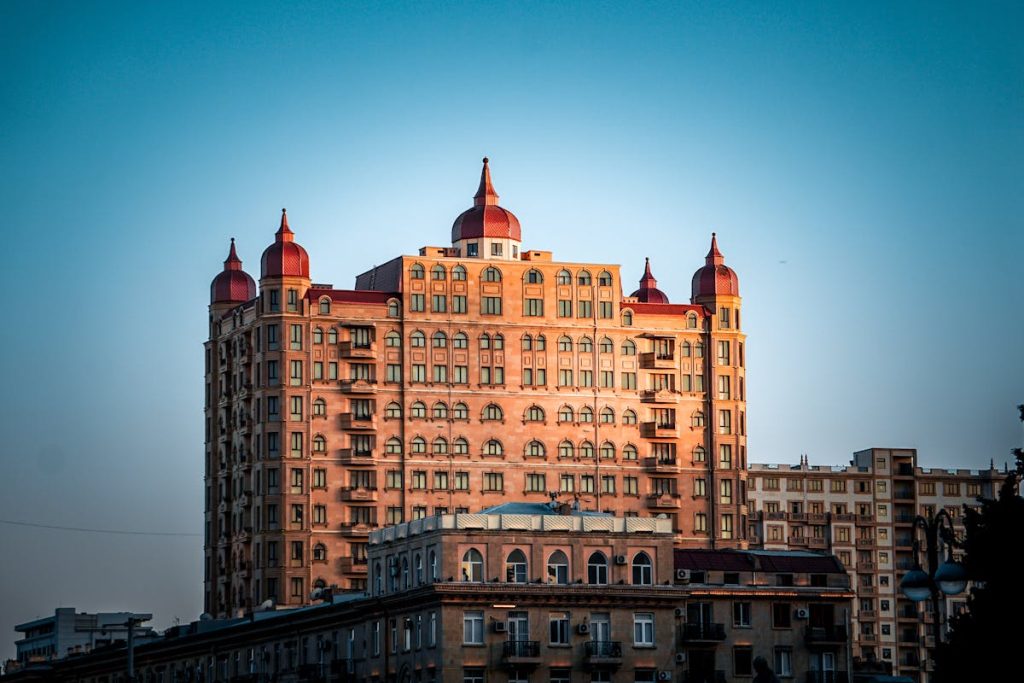The Indian hotel industry is expected to experience significant growth over the next three years, with an estimated annual growth rate of 10.5%. This growth is driven by various factors, including limited room supply, increasing demand from domestic travelers, foreign visitors, and the MICE segment (meetings, incentives, conferences, and exhibitions). The current market size of the hotel industry in India is approximately INR 820 billion, with about 212,000 rooms available.
One key factor contributing to the growth of the Indian hotel industry is the limited supply of rooms, which is expected to drive strong demand and expansion within the sector. Additionally, factors such as enhanced road connectivity, a growing railways network, and demand from Tier-2 and Tier-3 cities are expected to sustain the industry’s growth over the next few years. However, it is essential for industry leaders to carefully manage the demand-supply gap to ensure sustainable growth.
Hospitality executives, such as Accor’s Sébastien Bazin and Hyatt’s Mark Hoplamazian, view the demand-supply gap as a positive attribute for the industry. The growth of the hotel industry in India is further highlighted by initiatives such as the launch of the Gateway brand by Indian Hotels Company (IHCL), which aims to capture growth opportunities in emerging markets in metros and Tier 2 and Tier 3 cities. This expansion includes the opening of Gateway Bekal in Kerala, with plans to scale the brand’s portfolio to 100 hotels by 2030.
Despite the positive growth projections for the Indian hotel industry, there are challenges that need to be addressed to revitalize inbound tourism in the country. In a recent podcast episode, Dipak Deva, managing director of Travel Corporation India, highlighted the lack of effective promotion by the Ministry of Tourism as a primary factor holding back inbound tourism. Deva emphasized the need for a well-thought-out strategy and significant budget for global promotion to capitalize on current opportunities.
In a bid to enhance customer experience, Air India has launched an AI-based baggage tracking tool called ‘AEYE Vision’ on its mobile app. This tool allows passengers to track their checked-in bags by scanning their baggage tags. The airline also plans to introduce additional features such as baggage dimension checks, passport scanning, and augmented reality destination details. Additionally, Saudi Arabia has launched its first integrated consumer campaign, ‘Spectacular Saudi’, targeting Indian travelers with exclusive packages tailored for the Indian market.
According to recent travel trend reports by MakeMyTrip and Skyscanner, Indian travelers are increasingly planning leisure international trips throughout the year. MakeMyTrip’s data shows a consistent interest in international travel among Indian travelers, with a 32% increase in people taking two or more trips in a year. Skyscanner’s report also revealed that Indians have budgeted more for travel in 2024 compared to previous years, with a 10% increase in searches for business class flights to long-haul destinations.















